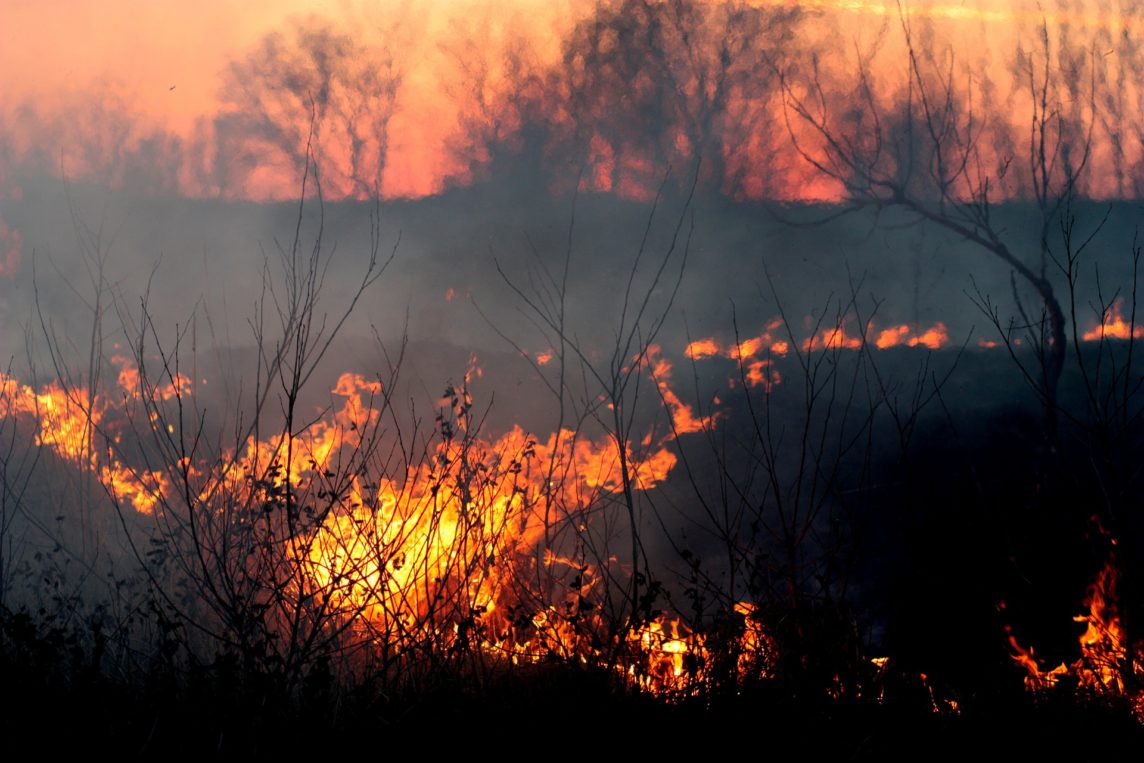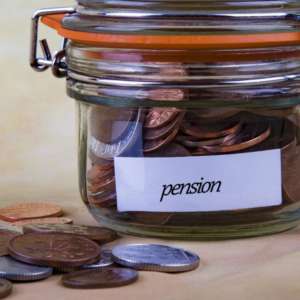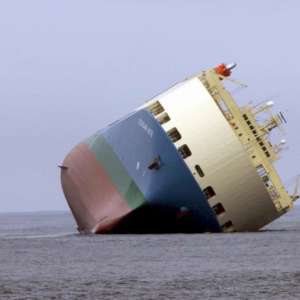The United States is reeling from a particularly brutal hurricane season, with Harvey and Irma predicted to costs hundreds of billions of dollars in reconstruction and the loss of life is incalculable. But while many have called these storms “historic” or “once-in-a-lifetime,” the reality is that extreme weather events are becoming all too common, as the effects of climate change continue to impact the environment. The increasing frequency and severity of natural disasters places a unique burden on logistics professionals, as the industry must simultaneously help our clients prepare for such events, pass on our expertise to governments and aid groups, and take an active role in developing policies and practices to minimize future damage.
While risk management has always been a central function of logistics, the governing principles behind it are changing. Firstly, it’s time to expand the scope of disaster planning, to give clients multiple response plans tailored to suit a variety of possible disasters. While businesses whose supply chains take them through hurricane-prone areas have long had such contingency plans in place, clients in areas once considered “safe” may find themselves hit by wildfires like those that have threatened the west in recent years, earthquakes like those rocking Oklahoma, or freakish “superstorms” like Sandy. Even if clients are spared the direct impact of a natural disaster, the supply chain will still feel its systemic effects, whether in lagging sales, delayed shipments, or spikes in the cost of raw materials and the sudden need for excessive capacity staged in an impact region. While such effects can’t be entirely prevented, 3PL firms can account for them in risk assessments, and advise clients on storing materials at a high risk for disruption.
The surest defense against the chaos inflicted by a natural disaster will always be an agile, multimodal shipping strategy that can be quickly reconfigured in a crisis. For this, there’s just no substitute for an experienced logistics team with the necessary contacts and carriers base to reroute cargo away from non-functioning ports, highways, or rail lines. It’s also crucial to work with carriers who take crisis management seriously. For example, even with half of all Florida gas stations closed for lack of fuel, many carriers are making deliveries on time, owing to their privately-maintained filling stations and fuel reserves. It’s also worth mentioning that while the current international oil glut has helped to minimize the economic damage of Irma and Harvey, another direct hit to Houston’s refineries could alter that balance, so access to fuel reserves will only grow in importance.
Even as 3PL firms strive to offer individually tailored preparedness plans to their clients, it’s vital to recognize that disaster planning works best when it’s a community wide effort. A business can only benefit so much from a perfectly-executed disaster response plan if its suppliers, employees, and customers are still struggling without basic necessities. Red Arrow is among the firms contracting with aid groups and federal agencies to provide relief in the immediate aftermath of disasters, and the world of emergency management is benefiting from the data-driven techniques learned from the private sector. But this collaboration needs to extend beyond disaster relief and into disaster preparedness, and the 3PL community should support policies that minimize loss and facilitate recovery. This position could encompass everything from supporting weather-resistant building codes to pushing for infrastructure spending on ports, bridges, and roads, to avoid situations like the Florida highways overwhelmed by the congestion of evacuees.
The final way in which 3PL firms must respond to climate change is by becoming more Eco-friendly, not merely in terms of abstract “values” but practicable policies. In some ways, prevailing industry trends are already pushing the supply chain towards more environmentally-friendly practices. Mobile technology and the proliferation of “Uber for trucking” apps have enabled drivers to reduce the amount of time they spend hauling empty trailers, which in turn reduces fuel waste. On the seas, while ocean carrier consolidation has numerous anti-competitive side effects, it also enables more coordinated responses to disasters and, once the overcapacity problem rights itself, may lead to carriers running fewer, but more efficiently organized passages. In recent years, pressure from advocacy groups has helped discourage supply chains from sourcing from major polluters, a trend 3PL firms can help facilitate. Even encouraging customers to explore lighter packaging can reduce cargo weight and waste. These practices increase efficiency and offer plenty of short-term benefits to carriers and shippers, even as the industry as a whole grows accustomed to thinking of natural disasters as a long-term issue.
Some areas to think about as you explore supply chain risk:
- Multi-tier carrier strategy
- Alternative sourcing strategy for key components
- What would you do if the Panama Canal was closed? What alternate shipping strategy would you pursue to accommodate the extended transit time?
- How would a catastrophic earthquake in China disrupt your sourcing strategy, or a strike at a key port in India?
- How do you stay ahead in the cyber -security race?
- What are your telecommunication needs following a wide spread outage?
These are all very important questions to ask yourself when assessing supply chain vulnerability. Let us know if you have any questions or want to talk about ideas to reduce your company’s risk and vulnerability.



